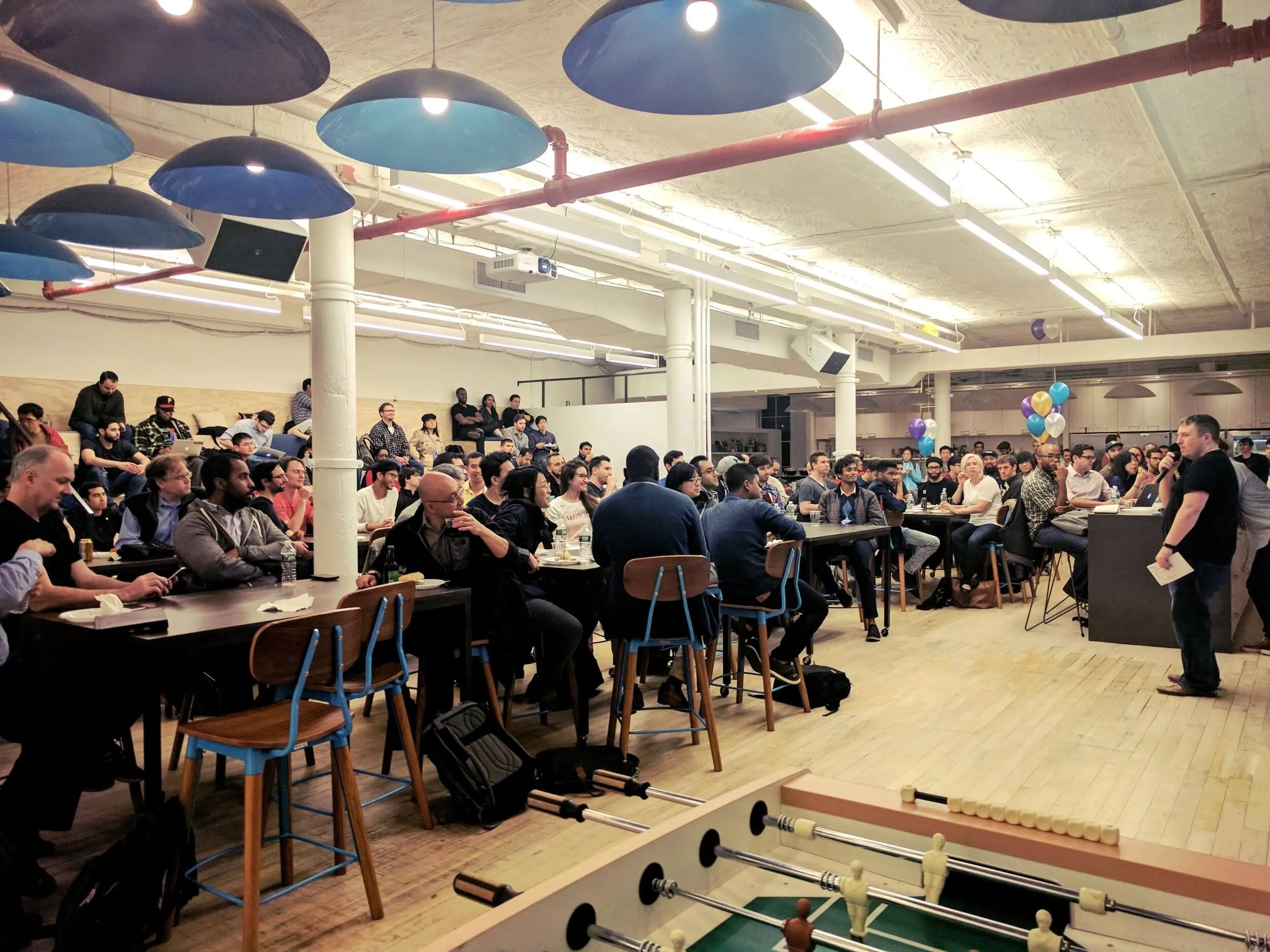· 5 min read Posted by touchlab
Live Streaming My Designs [working title]

For the first Design Notes podcast of 2016, I interviewed artist Dina Rodriguez of LetterShoppe. Dina focuses on hand-lettering, crafting art for home and business, using hand-made letters not just for decoration, but as tools that embolden brands and build identity.
But this episode of Design Notes wasn’t like most – it was live streamed on Twitch, a platform usually associated with gaming. Dina streams on Twitch, under the “Creative” game, sponsored by Adobe.

Like everyone else on the internet, I tuned in to the Bob Ross marathon on Twitch last fall, but I had no idea that there was actually a burgeoning creative side of the site, full of painters, pixel artists, and – once Dina showed up – hand lettering artists, among others.
On the podcast, we talked a lot about Twitch, and what it’s like to stream as a creative, revealing your creative process and knowledge to whoever happens to tune in. By the end of the show I was convinced to give it a shot myself.
After just a handful of streams I’m no pro, but I have made a few observations so far about what it’s like to do creative work with the internet watching.
Sharing the creative process
One thing that I discussed with Dina on the show was the idea of streaming your creative process live on Twitch – “isn’t that intimidating,” I asked. She replied “oh yeah, it’s scary as hell” but “it’s not about being perfect, it’s about being real.”
As an artist it’s easy to feel like the creative process is a special thing, too personal to be shared, but in reality it’s rewarding to share that process, and streaming (on Twitch or elsewhere) is a great way to have candid, personal conversations about the process with an audience that cares. Besides the cathartic nature of talking through your process (both successes and frustrations), streaming to a live audience has other benefits.
Teaching and learning
If you’re streaming to an interested audience (and you probably are – I doubt many people tune into multi-hour streams who aren’t interested in the topic), you’re streaming to people who have their own experience and insight who might give you feedback, suggestions, encouragement, or criticism.
Especially on remote or freelance work, this kind of communication can be essential to the process. After all, when we work alone it’s easy to get sucked into a rabbit hole of intense focus, heading in one direction born of our own mind and forgetting to stay objective. Having a live audience – at least in my experience – refreshes that objectivity.
But even if you aren’t getting feedback, just talking through creative decisions can be helpful to your own understanding of a subject. It’s said often enough that teaching is a great way of learning, and I believe it to be true – expressing your understanding of a topic to other people builds a path back out of your mind into the world, and in the process you might pick up on incongruences in your own thoughts that you can then work out while moving along with whatever you’re working on.
Pacing your work
There’s also a marginal benefit to streaming “real” work on Twitch – it’s helpful in pacing or metering freelance assignments.
If there’s an assignment I can discuss/work on publicly (this varies between clients obviously), then I can assign a certain set of tasks to a block of streaming time on a certain day, thereby taking off the “I can do it anytime so I need to do it right now” feeling that often comes with freelance assignments.
Even if there are personal projects to work on, blocking them off into the streaming schedule can ease some of the temptation to work 24/7, leading to a slightly more stress-free life 🙂
Music though…

One negative lesson I’ve learned already – that I feel must be shared with anyone thinking of streaming – is about playing music during the stream. For work that consumes a lot of attention, it’s good to have some noise to fill in any contemplative silence, but be careful.
If you plan to save your stream archives to YouTube, using music in the background can create a pretty bad experience. At best, YouTube will identify copyrighted songs with ContentID and the owner of the copyright will then take over monetization capabilities. At worst, your whole stream video will be muted. (Twitch on the other hand can selectively mute segments where songs appear.) The latter happened to me on my second stream – 2.5 hours of silence, and one deleted YouTube video later, I learned a valuable lesson.
If you aren’t picky about your background music, TwitchFM on SoundCloud provides music that’s cleared for use on the streaming platform. But not all of this music is safe for YouTube. Services like monstercat have music that’s safe for both, however. This is the service I personally subscribe to.
Streaming is fun
More than all of that, streaming is just something fun to do. For someone who’s not particularly used to being on camera alone, I found it a little intimidating at first, but after the first stream I couldn’t wait to do it again. There are tons of tutorials online to help anyone get started streaming (including guidance from Twitch itself), so I’d recommend anyone even considering it to go ahead and give it a try.
If you’re interested in seeing my stream, follow me on Twitch or subscribe on YouTube to watch at your leisure 😀